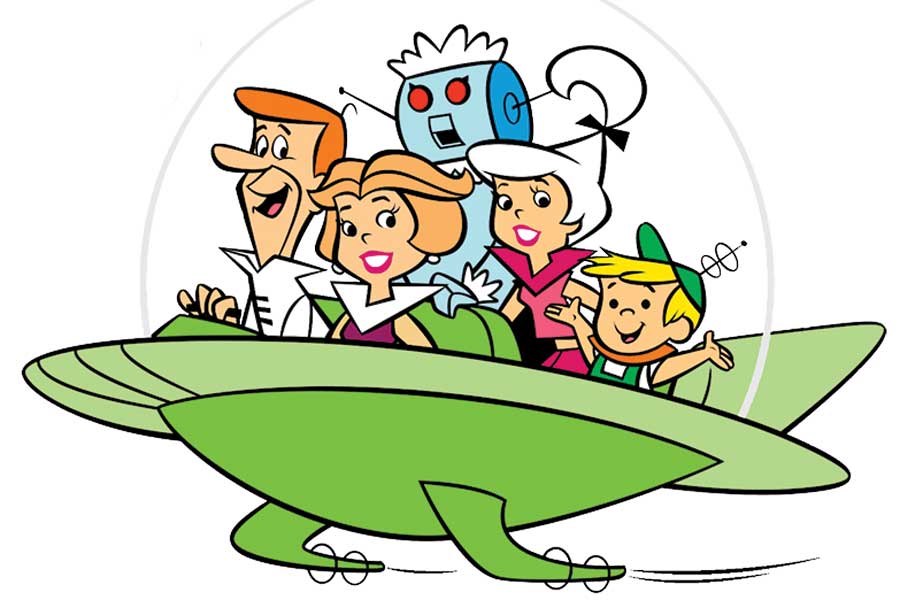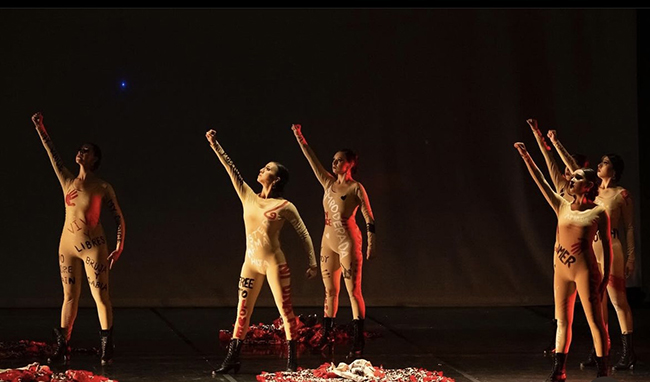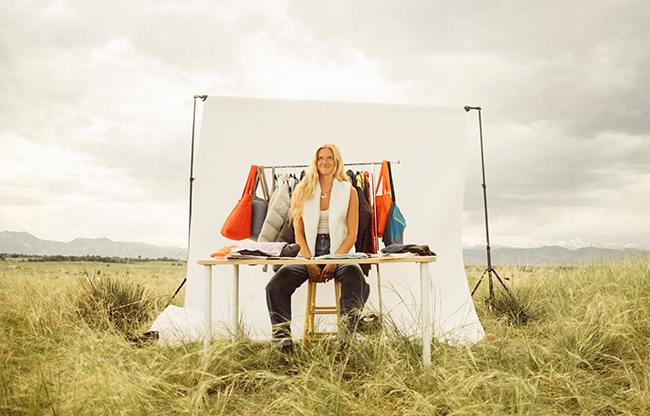Surrounded by Stars at Fiske Planetarium
30 Nov 2017
Big Changes Under a Big Sky
By Sara Bruskin Many of us associate planetariums with school field trips or occasional museum visits. But in Boulder, we’re lucky enough to have one right here on the CU campus, with a great variety of shows and concerts. Fiske Planetarium isn’t just for students; it offers the greater community a creative approach to education and entertainment in its immersive theater. Experts stop by to give mind-bending presentations on the cosmos, and every week features laser shows and Liquid Sky animations set to musical favorites ranging from Pink Floyd and David Bowie to Beyoncé and Daft Punk.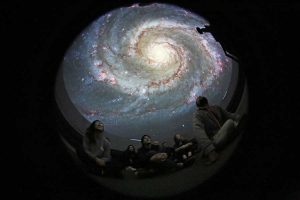
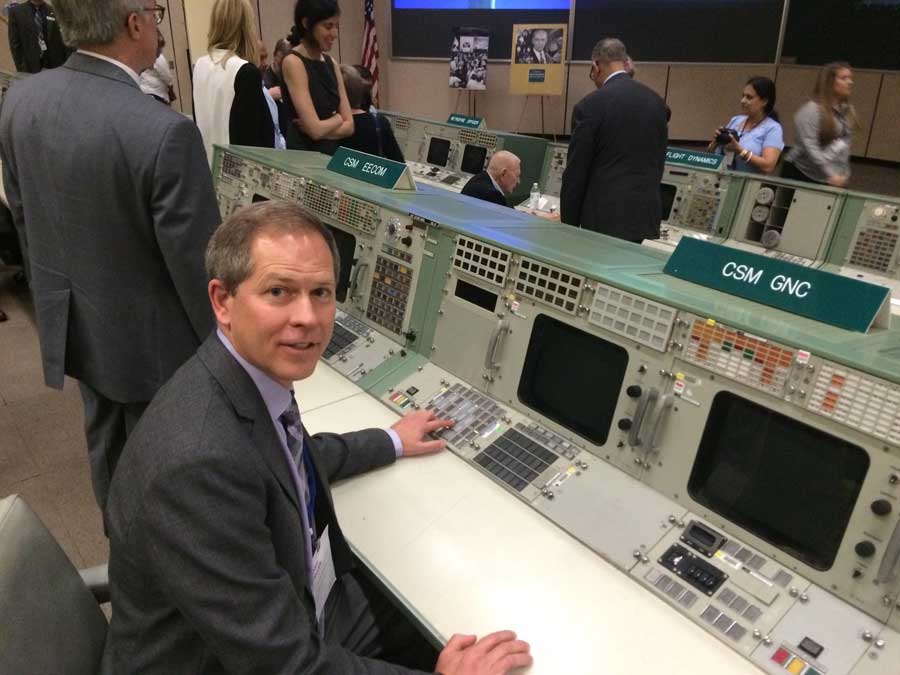
Stars of the Show: Projectors
This is the second big transition at Fiske in the past decade, as the planetarium also retired the star of the show, “Fritz,” in 2013. Fritz is the Zeiss Mark VI star projector that lit up the dome for 38 years before the Fiske team switched to digital projection. Named after the West German engineer responsible for its installation, the trusty analog projector Fritz is still on display in the planetarium’s lobby, along with its electrical blueprints, operation panels, the tools used to maintain it, and an interactive digital display with information about its history and operation. The new projector is officially named MegaStar, but staff and students have affectionately dubbed it “R2-Tito” in honor of Francisco “Tito” Salas, Fiske’s operations manager. Salas has worked at the planetarium since 1990, when he started out as a student at CU. Twenty-seven years later, he’s become an iconic part of the planetarium family. With inclusivity close to his heart, Salas and a current student are working on a new presentation to extend the planetarium’s education and entertainment to Spanish-speaking audiences. He also has plans to diversify the cultures represented in constellation presentations. Most astronomy presentations focus on Greek and Roman mythology, but Salas would like to include Aztec and Native American legends about our stars as well.Students Take the Reins
Salas’s student assistants are integral to the planetarium’s work. Students operate the new projector for shows and create their own animations set to their favorite music for Liquid Sky shows. Undergrad and grad students also lend their expertise to some of the most popular live talks at the planetarium. Beginning in the spring, a new presentation called “The Science of Sci-Fi” will explore the futuristic technology in science-fiction stories and investigate the plausibility of recurring topics, such as time travel. The planetarium works with students to bring their visions to the big screen in many ways, including one that extended all the way into the stratosphere last summer.


